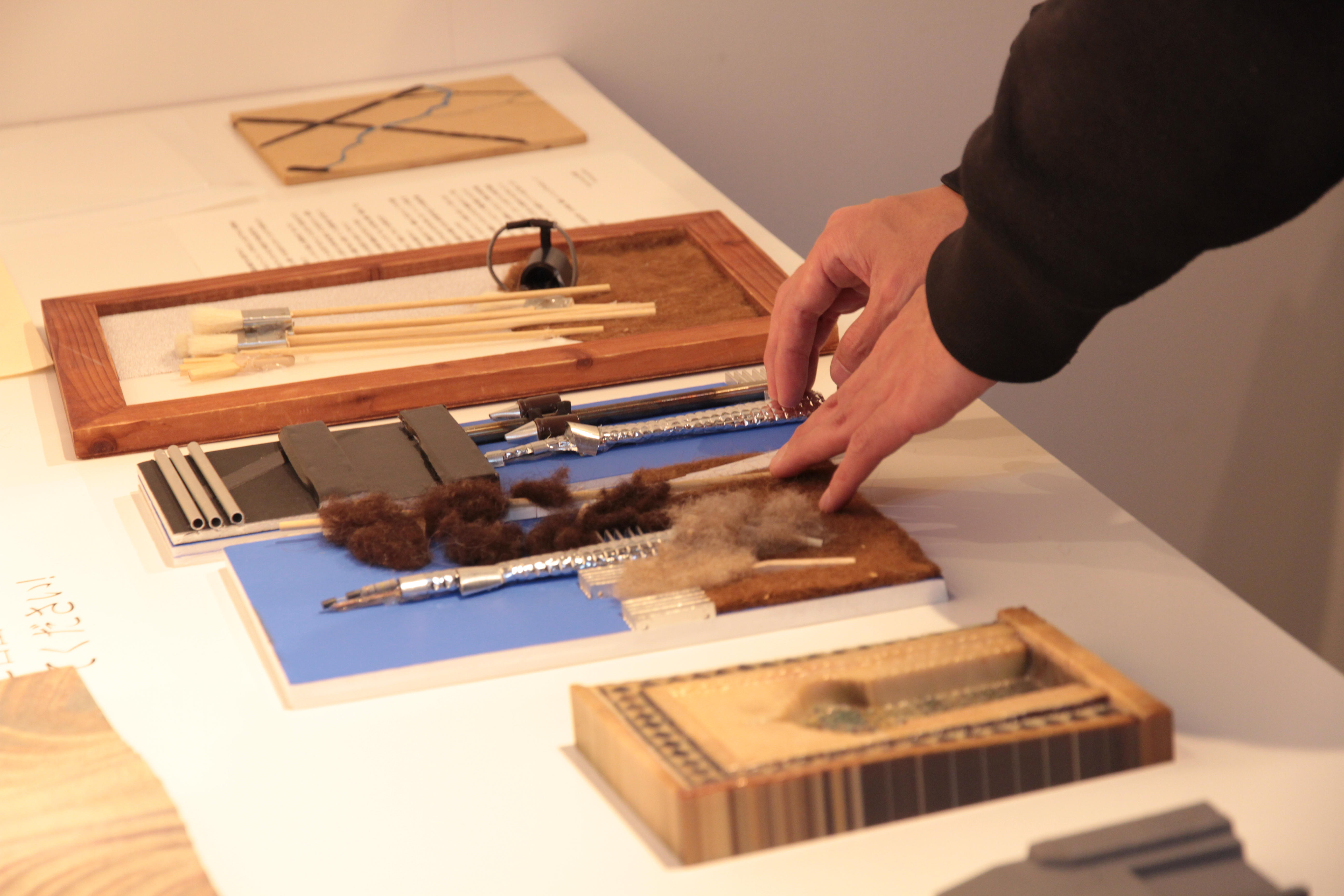 Untitled (President: 4)
Untitled (President: 4), 1979, Sherrie Levine (American, born 1947), Collage on paper
24 x 18 in. (60.9 x 45.7 cm), Mary Martin Fund, 1990 (1990.1057), © Sherrie Levine
This work belongs to Levine's Presidents series—silhouettes of Washington, Lincoln, and Kennedy cut from magazine pages showing mothers with children, fashion models, and other stock images of women. The specter of commodification and exchange value, signified in the penny profile of Lincoln, lurks around the edges of the model's image, revealing the mechanisms of seduction and desire hidden beneath the advertisement's effects. Her treatment allows the advertisement to incriminate itself, a cool subversion of media imagery that characterizes much artistic production in the 1980s.
Young artists who came of age in the early 1970s were greeted by an America suffused with disillusionment from dashed hopes for political and social transformation to the continuation of the Vietnam War and the looming Watergate crisis. The utopian promise of the counterculture had devolved into a commercialized pastiche of rebellious stances prepackaged for consumption, and the national mood was one of catatonic shell-shock in response to wildly accelerated historical change, from the sexual revolution to race riots and assassinations. Similarly, the elder generation of artists seemed to have both dramatically expanded the field of what was possible in the field of art while staking out its every last claim, either by dematerializing the aesthetic object entirely into the realm of pure idea or linguistic proposition as in Conceptualism, or by rivaling the cataclysmic processes and sublime vistas of the natural world itself as did the so-called earthworks artists such as Robert Smithson, who died in 1973.
What these fledgling artists did have fully to themselves was the sea of images into which they were born—the media culture of movies and television, popular music, and magazines that to them constituted a sort of fifth element or a prevailing kind of weather. Their relationship to such material was productively schizophrenic: while they were first and foremost consumers, they also learned to adopt a cool, critical attitude toward the very same mechanisms of seduction and desire that played upon them from the highly influential writings of French philosophers and cultural critics such as Michel Foucault, Roland Barthes, and Julia Kristeva that were just beginning to be made available in translation. Among these thinkers' central ideas was that identity was not organic and innate, but manufactured and learned through highly refined social constructions of gender, race, sexuality, and citizenship. These constructions were embedded within society's institutions and achieved their effects through the myriad expressions of the mass media. Barthes infamously extended this concept to question the very possibility of originality and authenticity in his 1967 manifesto "The Death of the Author," in which he stated that any text (or image), rather than emitting a fixed meaning from a singular voice, was but a tissue of quotations that were themselves references to yet other texts, and so on.
 Red Building in Forest, Hale County, Alabama 1983. Chromogenic color print, 17 5/16 x 22" (44 x 56 cm).
Red Building in Forest, Hale County, Alabama 1983. Chromogenic color print, 17 5/16 x 22" (44 x 56 cm). American, Hale County, Alabama 1984 - 1985
American, Hale County, Alabama 1984 - 1985 








